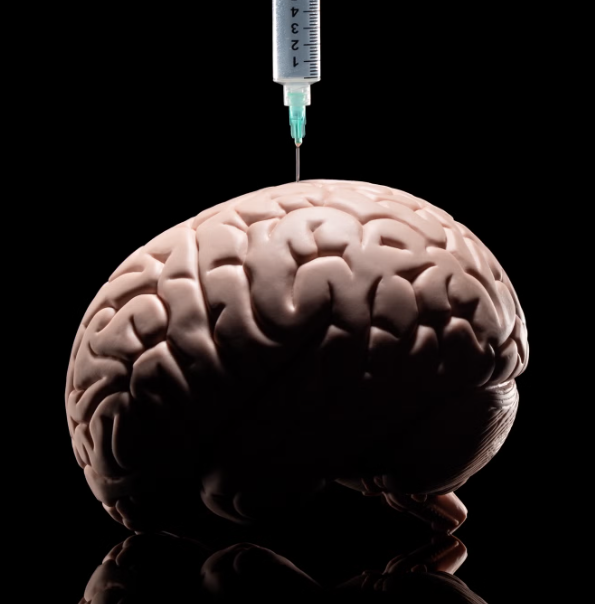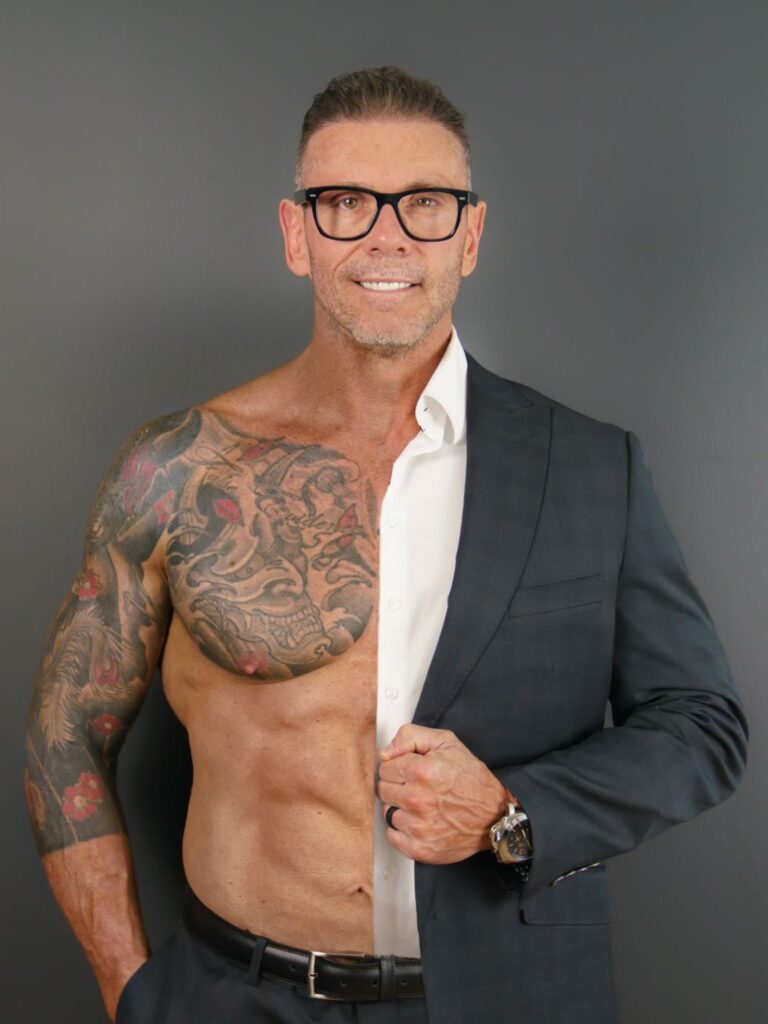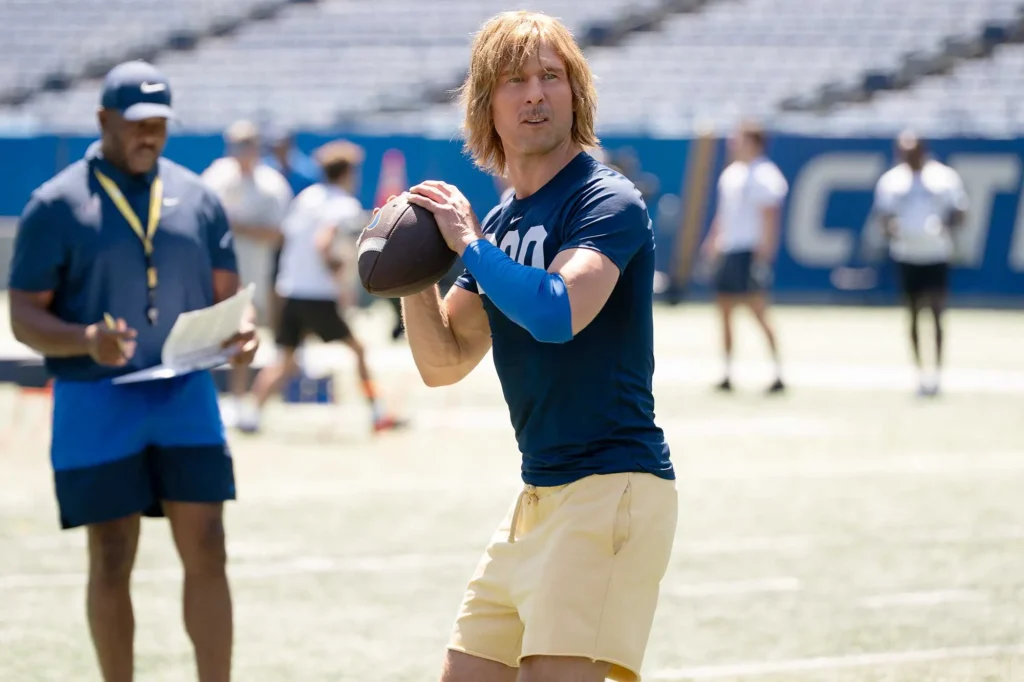PRO BODYBUILDING DOESN’T exactly have a saintly reputation, with a long association with the use of performance enhancing drugs, that have led to concerns about the sport’s safety. Now, research has confirmed that the pastime is dangerous.
In a study conducted by researchers at the University of Padova, sudden cardiac death was found to be responsible for an unusually high proportion of deaths in male bodybuilders globally, with the risk highest among professional bodybuilders.
Sudden cardiac death is when someone dies suddenly and unexpectedly due to a problem with their heart. It is generally rare in young and apparently healthy people but is often linked to underlying heart conditions.
The researchers say their findings highlight the health risks associated with competitive bodybuilding and suggest the need for greater awareness, preventive strategies and policy changes within this community.
“I’ve seen a growing number of reports of premature deaths among people involved in bodybuilding and fitness” says study author Dr Marco Vecchiato. “These tragic events, often affecting young and apparently healthy athletes, highlight a gap in our understanding of the long-term health risks associated with competitive bodybuilding.”
To investigate the link between bodybuilding and sudden cardiac death, Vecchiato and his colleagues gathered the names of 20,286 male bodybuilders from the official competition records and from an unofficial online database. All the men had participated in at least one International Fitness and Bodybuilding Federation event between 2005 and 2020.
The researchers then searched for reports of deaths of the competitors in five different languages across different web sources including official media reports, social media, bodybuilding forums and blogs. Reported deaths were then cross-referenced using multiple sources and these reports were verified and analysed by two clinicians to establish, as far as possible, the cause of death.
The researchers found 121 deaths among the men, with the average age at death of 45 years. Sudden cardiac deaths accounted for 38 per cent of these. The risk of sudden cardiac death was higher among professional bodybuilders, with a more than fivefold increase compared to amateurs.
In the few autopsy reports that were available, common findings included thickening or enlargement of the heart and, in some cases, coronary artery disease. In some cases, toxicological analyses and publicly available reports revealed abuse of anabolic substances.
Vecchiato cited extreme strength training, rapid weight loss strategies including severe dietary restrictions and dehydration, as well as the widespread use of different performance-enhancing substances, as factors in the incidence of sudden cardiac death among participants. These approaches can place strain on the cardiovascular system, increase the risk of irregular heart rhythm, and may lead to structural heart changes over time, he added.
“The risk may be greater for professional bodybuilders because they are more likely to engage intensively in these practices over prolonged periods and may experience higher competitive pressure to achieve extreme physiques,” he says.
“For bodybuilders, the message is clear: while striving for physical excellence is admirable, the pursuit of extreme body transformation at any cost can carry significant health risks, particularly for the heart.”
Awareness of these risks should encourage safer training practices, improved medical supervision, and a different cultural approach that firmly rejects the use of performance enhancing substances, he advises.
As well as the strain on the heart due to the competitive practices common in pro bodybuilding, the sport may also have psychological and cultural dimensions that can also encourage potentially harmful behaviour. Around 15 per cent of deaths were categorised as ‘sudden traumatic deaths’, including car crashes, suicides, murders and overdoses. “These findings underline the need to address the psychological impact of bodybuilding culture,” says Vecchiato. “These mental health challenges, sometimes worsen with substance abuse and can elevate the risk of impulsive or self-destructive behaviours.”
While the results of the study are certainly alarming, Vecchiato says a distinction should be drawn between bodybuilding and traditional strength training.
“The research challenges the idea that appearance alone is an indicator of health and highlights the hidden risks that can exist behind even the most sculpted physiques,” he says. “However, our findings are not an indictment of strength training or the fitness culture in general. On the contrary, regular physical activity and strength training can be extremely beneficial for health, quality of life and mortality risk.”
Related:
The Brutalist made Guy Pearce long for his bodybuilding past
Arnold Schwarzenegger Opens Up About His Negative Body Image Problems















